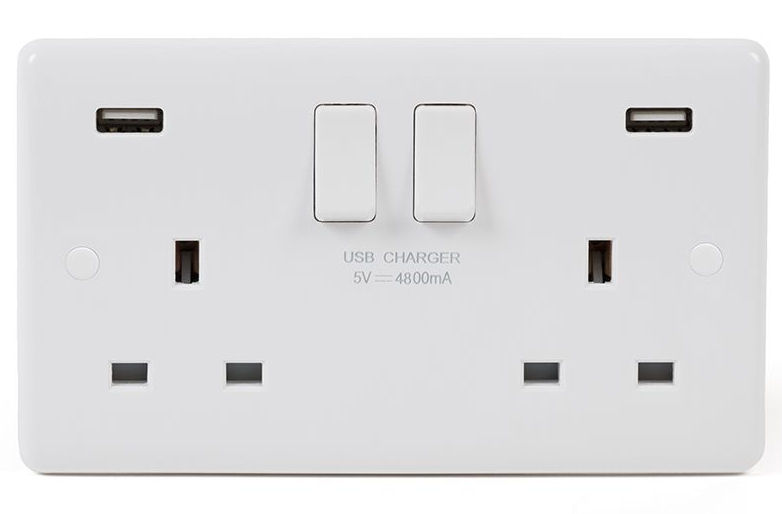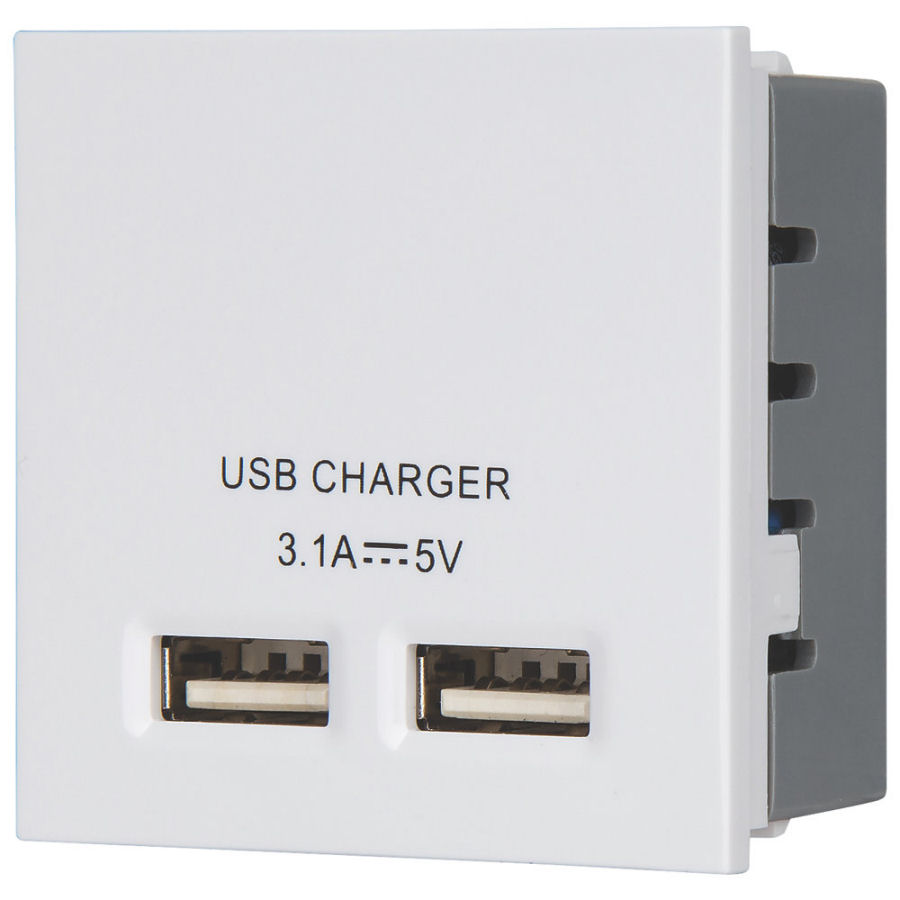
The objective of our research is to minimise energy usage, prolong the life of our charging devices but, primarily it is to make life simpler and to improve quality of life.

Most homes have many devices that need charging via USB ports and there are many ways to achieve this. Some are neat and tidy, some are less so. In many cases, a device will have quite specific charging needs in terms of the power they require and in some cases the type of cable used to charge it. The average charger typically exposes a USB type A port but, as the standards evolve this is changing.

It is possible to buy replacement mains sockets featuring USB type-A ports but, we don't recommend these. They are more expensive and involve replacing existing wall sockets. They often add a phantom load to your home by constantly using power. They are generally quite simple chargers with poor compatibility with the latest devices. Many are built down to a price and are not very reliable. We have seen instances where lightning strikes have caused devices like this to burst into flames. The other big issue with this approach is that they are likely to become obsolete quite quickly, as Smartphone and tablets move to new connectors for charging and power demands increase.

Plug-in USB chargers like this Anker version are not smart but have the advantage of being cheap, portable and compatible with a much wider range of devices. They are easily replaced if they fail or become obsolete.
They can be made smart by using a smart switch or smart socket but this adds to the cost and bulk of the solution.

USB chargers (this is a dual port version) are available to fit into 1-gang wall sockets. This particular virion (LAP) fits into a faceplate mounting and has a 'stand by' mode to reduce energy usage and prolong its life. The downside of these chargers is that they are generally less compatible with devices and are harder to replace should they fail or no longer work with your latest devices.

Some of the 'smart plugs' used in our home (like this Aeon Lab Smart Switch 6) also feature USB charging ports but, the power to them is not controlled in any sense, other than using the wall socket switch (which you don't want to do as this will take the smart switch off-line).
In an ideal world, USB chargers like this would only draw power when you plug in a device to be charged. They would then switch off automatically when you device have been charged. Fortunately, few smartphones and tablets can be over charged and they are generally very good at charge management.
For our most popular charging points, we have fully automated the power to our USB chargers.

The Smartphone charger next to my bedside table is intelligently controlled by my contextual smart home. It will automatically enable it at night when my bed occupancy sensor detects that the bed is occupied, so my iPhone charges over night. It will only do this is the bed has been occupied for at least 2 minutes.

All I have to do is plug my iPhone in for now but, once I've upgraded it, charging will be done using a wireless charging pad.